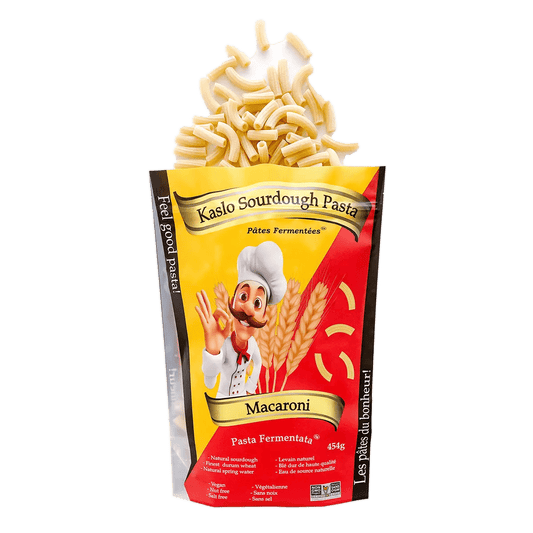Author: Chris Wormald
Many populations all over the world eat fermented foods as part of their cultural heritage and regular diet. These diets often have diets rich in fermented foods due to factors such as culinary traditions, availability of ingredients, and historical preservation methods. But all of them are remarkably healthy as a result. Here’s some examples of cultures known for a high consumption of fermented foods:
- East Asian Countries: Countries like Korea, Japan, and China have a rich tradition of consuming fermented foods such as kimchi, miso, natto, soy sauce, and fermented vegetables like pickles. Fermented soy products like tempeh and tofu are also commonly consumed in these regions
- Eastern European and Baltic Countries: Countries in Eastern Europe and the Baltic region, including Russia, Poland, Ukraine, and the Baltic States, have a tradition of consuming fermented foods like sauerkraut, kefir, kvass, sourdough bread, and fermented dairy products like yogurt and kefir.
- Scandinavian Countries: Scandinavian countries like Sweden, Norway, Denmark, and Finland have a history of consuming fermented foods such as sourdough bread, fermented fish (like surströmming), pickled herring, and cultured dairy products like filmjölk and piimä.
- African Countries: Various African countries have traditional fermented foods as part of their cuisine. Examples include fermented porridges like ogi (Nigeria), injera (Ethiopia), and kenkey (Ghana), as well as fermented milk products like amasi (South Africa) and togwa (Tanzania).
- Middle Eastern and Mediterranean Countries: Fermented foods like yogurt, labneh, pickled vegetables, and olives are common in Middle Eastern and Mediterranean cuisines. These foods are often consumed as accompaniments to meals or as ingredients in traditional dishes.
- Indigenous Communities: Indigenous communities around the world have their own traditional fermented foods, often based on locally available ingredients and preservation techniques. Examples include fermented fish sauces in Southeast Asia, fermented cassava products in parts of Africa, and fermented grains or seeds in various indigenous cultures.
These populations' consumption of fermented foods is often influenced by factors such as climate, agriculture practices, cultural traditions, and culinary preferences. Fermented foods play a significant role in their diets, providing unique flavours, nutritional benefits, and culinary diversity.
For Further Reading
MDPI - Traditional Fermented Foods and Beverages from around the World and Their Health Benefits
Stanford Medicine - Fermented-food diet increases microbiome diversity, decreases inflammatory proteins, study finds
The Ultimate Guide to Sourdough - All things Sourdough





